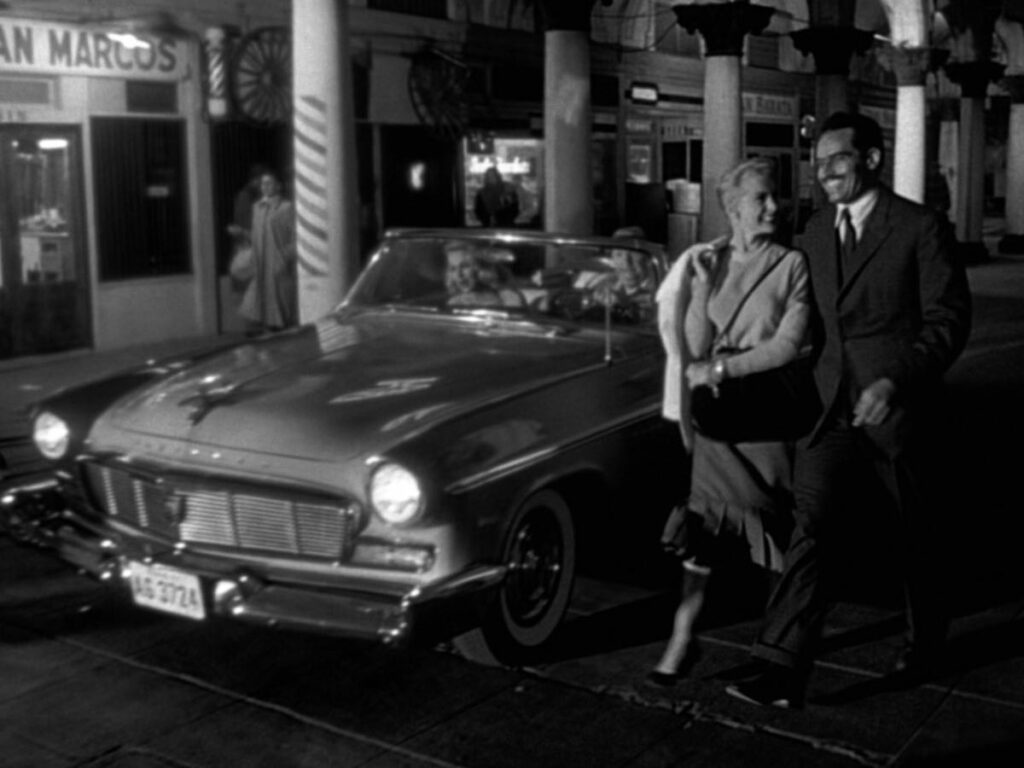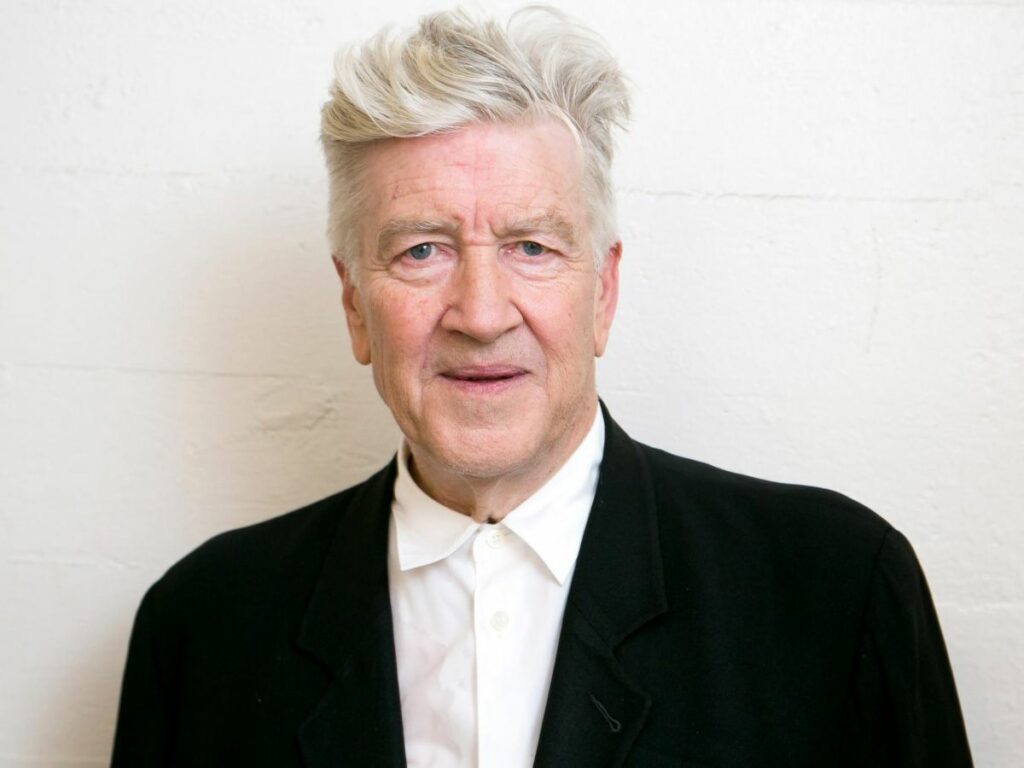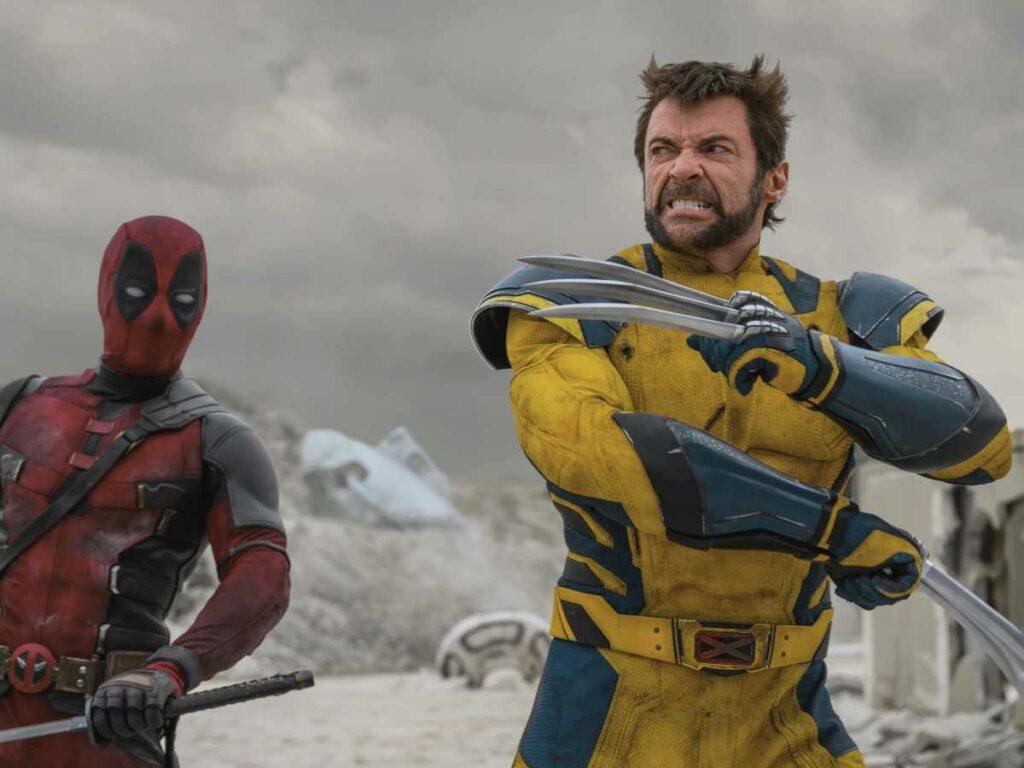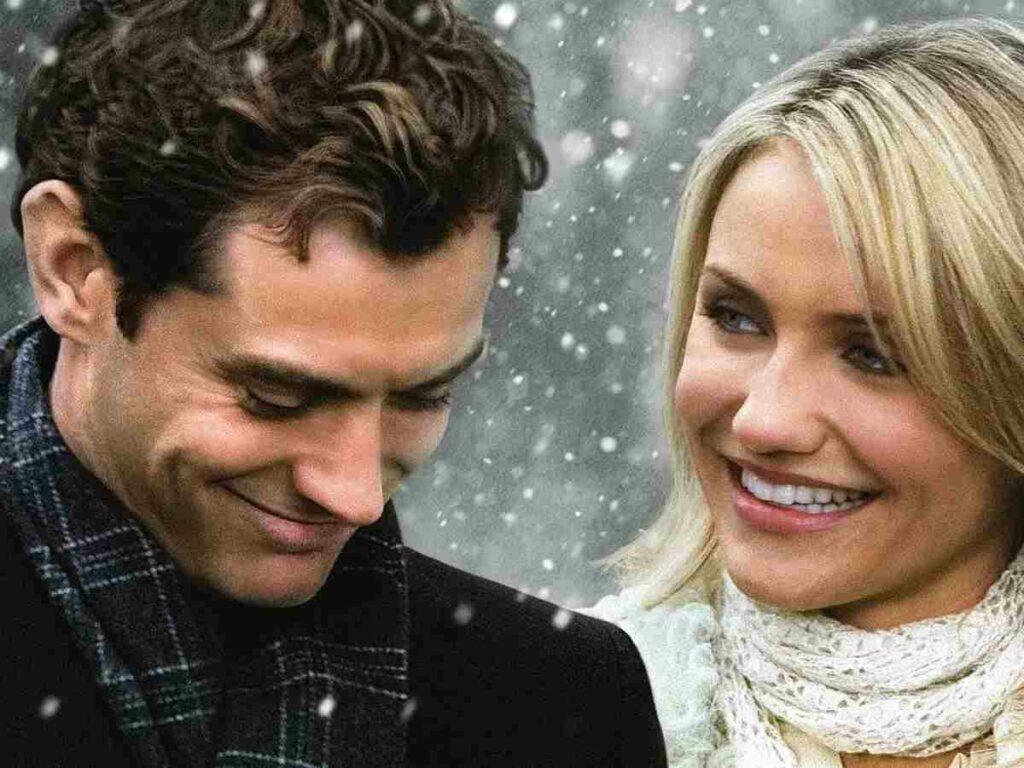From Touch of Evil (1958) to Atonement (2007), here are the 10 greatest long takes in movie history.
A film is structured and shaped up during the process of editing by juxtaposing numerous scenes together. So, to shoot a scene from multiple angles a list of shots known as ‘shot-list’ is prepared by the director and cinematographer during pre-production. Such a list consists of camera lenses, camera composition, camera angles and other relevant details. A film is most of the time not shot in a sequential manner, so a shot list can be of immense help to effectively complete the shooting scheduled for the day. Amongst the numerous shots composed in a film, one such composition is known as long take, which allows the filmmaker to capture the entire actions within a shot in an uninterrupted manner. This is the purpose of a long shot.
A long take has to be meticulously designed because it involves a lot of preparation as well as alertness from various members of the crew. At the same time it also saves lots of shooting time by capturing an action from various angles.
What is a Long Take?
A long take can be defined as a shot that lasts long enough to capture the entire action of a scene without any break in the continuity of the scene. This is achieved through elaborate camera movement and blocking. In order to understand the idea of long take better let us take two examples.
In an example of how a scene is captured through various shot divisions, check out this clip from Sicario (2015).
In these clips we discover that in Chandler, Arizona, FBI Special Agents Kate Macer (Emily Blunt) and Reggie Wayne (Daniel Kaluuya) lead a raid on a Sonora Cartel safe house where they discover dozens of decaying corpses. The tense moments in the scene are generated through joining a number of shots with different compositions.
Whereas in this clip from Gravity (2013) we observe how Dr. Ryan Stone (Sandra Bullock) and Lieutenant Matt Kowalski (George Clooney) encounter a rapidly-expanding cloud of space debris accidentally caused by the Russians having shot down a presumed defunct spy satellite. Here the entire action is covered in a long take without any interruption of continuity within the action of the characters. The tension in the film heightens due to the use of an uninterrupted long take. If this action had been covered through multiple takes it may not have the same visceral impact. So, here the decision to use a long take fits aesthetically with the emotion of the scene.
Why do Cinematographers Use a Long Take?
In the current scenario of filmmaking practices, long takes have occupied a significant position in filmic language. They’re excruciatingly tough to pull off. So, when employed correctly with proper aesthetic reasoning, they can add depth and meaning to the narrative.
So why do we use long takes? Here are some of the reasons:
1. Long takes provide the director to add a certain aesthetic element within the scene that works in tandem with the theme of the film
2. They allow the director to show how creatively they can push the envelope of filmmaking, infusing a level of control and confidence within the filmmaker that likely isn’t limited to the take.
3. Long takes provide a certain kind of continuity to a scene that might not be achieved through cuts.
4. They also generate a greater sense of scope, drama, tension, and immediacy for the viewer.
Now that you know when to use a long take in a movie, you might ask how long is a long take? The answer to this is there is no timing set for a shot to become a long take. It can be from one minute in duration to fifteen minutes or more in length. This is the reason why a long take is also known as a sequence shot.
How Cinematographers Use The Long Take Technique
Over the years, cinematographers in collaboration with the director have used long takes in movies in various ways to add an aesthetic dimension to the narrative. Here are few examples of films that used the long take with extraordinary results:
1. Rope (1948)
Alfred Hitchcock and his cinematographer duo Joseph A. Valentine-William V. Skall shot the entire film in a manner that gives the impression of it being a one long continuous shot. In actuality, the entire film is structured during the process of editing to give the feel as if the entire film consists of one long take. Hitchcock, being a master in film editing, shot the individual long shots in such a way that each shot ended with a black or a wipe. This helped to have a smooth transition from one shot to the other without any interruption.
The way in which the film is shot does not give hints or clues about what’s going to happen next in the story. So, the shot design piques our curiosity about what might happen to the characters.
2. Victoria (2015)
The German film directed by Sebastian Schipper is a crime thriller which was shot in one long take. The film was shot by Sturla Brandth Grøvlen from about 4.30 am to 7.00 am on 27 April 2014 in the Kreuzberg and Mitte neighborhoods. If we look at the film from an aesthetic point of view the long shot provides a rich visual portrayal of a Spanish woman (Laia Costa) struggling to survive against the dark world of crime.
In this clip we get a glimpse of the narrative style and tone of the film.
3. Dil Dhadakne Do (2015)
In the Hindi film Dil Dhadakne Do, Zoya Akhtar and her cinematographer Carlos Catalan have staged an entire song Gallan Goodiyaan in a long take uninterrupted by a cut. The film is about a dysfunctional family and in the song all the primary characters of the film are present. Aesthetically this song provides a momentary respite from all chaos these characters will encounter later in the film. The long take creates a kind of emotional release of the pent up rage simmering in their lives.
Above three examples display the various creative methods through which filmmakers across the world have utilized the long take technique.
What Are The Various Types of Equipment To Achieve a Long Take?
1. Tripod
A tripod is the simplest camera accessory that can help achieve a long take without much physical effort. It’s a portable three-legged frame or stand, used as a platform for supporting the weight and maintaining the stability of some other object. The three-legged (triangular stance) design provides good stability against gravitational loads as well as horizontal shear forces. It also provides better leverage for resisting tipping over due to lateral forces which can be achieved by spreading the legs away from the vertical center.
This clip from 12 Years a Slave (2013) is an example of a long take where the camera is placed on a tripod.
2. Steadicam
It is a brand of camera stabilizer mounts for motion picture cameras invented by Garrett Brown and introduced in 1975 by Cinema Products Corporation. A steadicam offers a camera operator to smoothly move with the camera and control its motion while following the subject.
This clip from Rocky (1976) from 2.06 minutes is an example of how steadicam can be used for a long take.
3. Camera Dolly
A camera dolly is something similar to a cart that has wheels to facilitate smooth movement when placed on rails. The camera is then pushed along the track while the scene is being filmed or moved manually when using a handheld rig. A shot captured using such a set-up is called a dolly shot.
This clip from There Will Be Blood (2007) from 3:54-4.22 minutes is an example of how a camera dolly can be used to execute a long take.
4. Jimmy Jib
It is a device used to mount a camera on one end, and a counterweight with camera controls on the other. It allows the camera to be moved vertically, horizontally, or a combination of the two. Cinematographers use jimmy jib instead of cranes because jibs are lightweight and less complicated in assembling the entire device. But they are much more expensive than a crane.
The opening shot of La La Land (2016) is such an example.
10 Best Long Takes In Movie History
1. Paths of Glory (1957)
Directed by Stanley Kubrick, Paths Of Glory, is set during World War I. The narrative of the film centers around General Broulard (Adolphe Menjou) who orders his subordinate, General Mireau (George Macready) to unleash an attack on the German army. Unfortunately, the step backfires and General Mireau in order to hide his mistake punishes three innocent lives.
In this clip from the film, General Mireau strolls through the trenches, asking several soldiers, “Ready to kill more Germans?” This is a significant shot in the beginning of the film because the manner with which Mireau strides brings a certain arrogance to his character. He is least bothered about the shelling taking place in the background and more concerned about the outcome of the war. It further highlights the filmmaker’s aims toward the inhuman and ruthless logic of military law, as defined through the power-mongering among aristocrats and inequality on the social ladder.
2. Touch of Evil (1958)

Touch of Evil is one of those film noir that in a way had redefined the genre and over the years earned a cult status. Directed and acted by the master filmmaker Orson Welles the film begins with a long take in the U.S.–Mexico border; a time bomb placed inside a vehicle explodes, killing a couple. The long take is remarkable because on one hand it heightens the suspense of the ticking bomb and on the other introduces us to a number of characters.
The camera movement and lighting in the shots also play a crucial role in inciting the conflict within the scene. It signifies how flexibly crime and menace can maneuver their way into the lives of the characters inhabiting the universe of the film. Hence, the long take captures the feel of the background, setting, atmosphere of the subject, making use of striking visuals to communicate the theme.
3. The Passenger (1975)
The Passenger (1975) is a drama neo-noir art film directed by Michelangelo Antonioni. The narrative of the film centers around David Locke (Jack Nicholson), a journalist from the USA, who intentionally assumes the identity of another person. This involves him into a tragic situation that finally ends his life.
This clip is a seven-minute long tracking shot which begins in Locke’s hotel room, looking out onto a dusty, run-down square. The shot then moves out to the interior through the bars of the window. Antonioni has said that he wanted to have a shot in the film that transitioned from ‘subjectivity to objectivity,’ the cinematographer later described. “‘And I want to get to objectivity without any cuts,’ Antonioni explained, according to Tovoli. “‘So we must do a long shot beginning with the protagonist — establishing a subjective view [with him in the hotel room] — and then we go out of this window and observe the situation in an objective way.’ This was fundamental for the film.”
4. The Sacrifice (1986)
Andrei Tarkovsky’s Swedish drama film narrates the tale of a middle-aged intellectual Alexander (Erland Josephson), who attempts to bargain with God to stop an impending nuclear holocaust.
In this clip from 3 minutes, in his despair Alexander turns himself in a prayer to God, offering him everything to have the war not happen at all. He sets his house on fire as a sign of doing a deal with the almighty. This particular long shot towards the end of the film is crucial because it boldly deals with social and religious strife, communal tensions, violence and disharmony in contemporary times. The film has a message of love and peace and this shot conveys it in a sensitive way. It explores the power of human relationships in overcoming social and religious schisms.
5. Goodfellas (1990)
In Martin Scorceses’s Goodfellas, a young man Henry Hill (Ray Liotta) becomes a mobster and the power and authority that comes with his position becomes the reason for his downfall. In this clip from the film, we observe how Henry has acquired power over the years. As he makes his way through the club, there’s so much symbolism within the shot. Henry walks into the hotel while people stand in queue. He treads along in arrogance as he showboats his power and influence in the society.
The shot also displays Henry’s sharp and incisive delineation of immorality as a human being who is not weak but mean. The way the scene is lit is a reflection of the jovial time that Henry is enjoying in the company of individuals around him.
6. Old Boy (2003)
Park Chan-wook’s cult classic Old Boy, Oh Dae-su (Choi Min-sik) is an ordinary Seoul businessman with a wife and little daughter. On a fateful night he gets drunk along with friends and passes out. When he wakes up the next morning he finds himself captive. For the next 15 years he is confined to a private prison in the company of a television set. One day suddenly he’s released and what follows is a tale of revenge and moral judgment.
In this clip, upon his release Dae-su has become a monster. He beat up a bunch of thugs with a hammer. He will not stop, even against seemingly impossible odds. This scene employs many takes of above-average length to give an extra edge of realism and dynamism to the old ultra-violence. The approach of capturing the action in a long take feels like a refreshing counterpoint to unleash the visceral impact of the violence.
7. Children of Men (2006)

Children of Men is one of the most overlooked, ambitious films of the Mexican auteur Alfonso Cuarón. It is a futuristic film where the world is hit by infertility and the protagonist Theo Faron (Clive Owen) must save the last lineage of the universe before it’s too late.
In this clip, we observe a dystopian world that has undergone a wake of infertility. Theo Faron has been tasked with escorting a pregnant asylum seeker to safety. As Theo maneuvers his way through the dystopian roads he encounters one obstacle after another. The use of long take highlights how despite the difficulties the protagonist eventually reaches a spot where he finds a woman holding a newborn. It symbolizes hope amidst the bleakness and violence. Technically too, the long take has the camera moving, rotating, going over the shoulders, changing its position to create a dramatic and narrative effect and emphasizing on the emotional turmoil to capture attention.
8. Atonement (2007)
Joe Wright’s Atonement, based on a novel by Ian McEwan, is a romantic war drama set during 1930s England. In this clip, the evacuation of Dunkirk, also known as Operation Dynamo in the film, is captured in a single take shot that lasts around five minutes. The handheld camera tracking the beach captures the horrid devastation of war. It creates a kind of visceral reaction as we’re left with haunting, rousing, images. The Super 1.85:1 format also adds vitality and emotion to the entire scene.
In an interview the filmmaker discusses how the shot was conceived: “It was conceived out of necessity. We had one day with the extras and then the small issue of the tide coming in and washing away the entire set.”
Even if and possibly more so out of necessity, this is one of the most remarkable long takes in world cinema.
9. Spectre (2015)

The early James Bond movies have always catered to the taste of viewers interested in popular cinema, a proof of why the ‘spy thriller’ has survived the test of time. But Academy Award winning filmmaker Sam Mendas infusing his cinematic sensibilities to the Bond franchise has added depth, complexity and technical finesse to the genre. Spectre is one such Bond film where the story of the film is not shallow and has layers of complex storytelling retaining all the elements of action and entertainment.
This opening clip of the film begins with a wide shot of an elaborate Day of the Dead parade in Mexico City, then zooms in to introduce a villain before the camera veers over to James Bond walking down the street with a woman entering the Gran Hotel Ciudad de México. Normally, that’s where the first cut would be. But instead, Dutch-Swedish cinematographer Hoyte van Hoytema follows Bond as he swiftly makes his way through different locations and eventually archives his assigned task.
The fluid camera movement also signifies the ease with which Bond infiltrates any location unhindered. All this sets the stage for a compulsively watchable hero because he is a one-man army. Even in the most horrific situations, he manages to prevail through sheer luck and his own raw proficiency. He works alone and frequently breaks the rules.
10. The Revenant (2015)
In the history of world cinema, The Revenant will always be remembered for creating an outstanding aural and visual landscape that transports viewers to a historical era of 1820s Dakota territory.
In this shot from the film, Hugh Glass (Leonardo DiCaprio) is attacked by a massive bear. This long take is considered an epic scene in the history of world cinema. As explained by the maverick cinematographer, Lubezki didn’t want to shoot the scene with a trained grizzly bear actor. He’d watched examples of real attacks by bears and wanted to bring an element of authenticity to the scene. He had the impression that a bear actor will not act like a real bear.
Lubezki’s decision brought him laurels at the Academy Awards. The scene is savage, intense and repetitively rewarding in each viewing. It’s proof that at times intuition can play a vital role in our cinematic choices.




